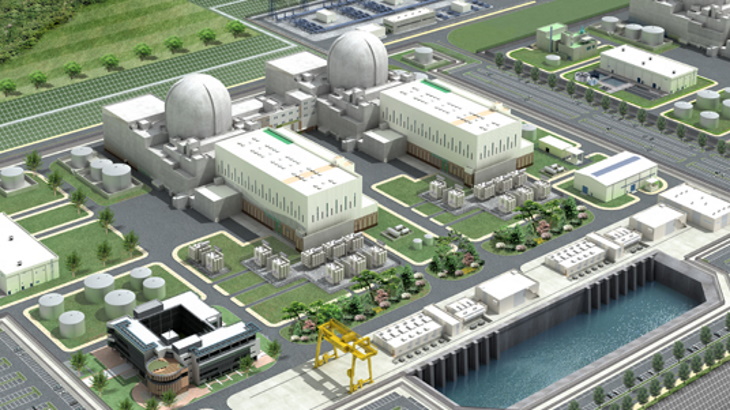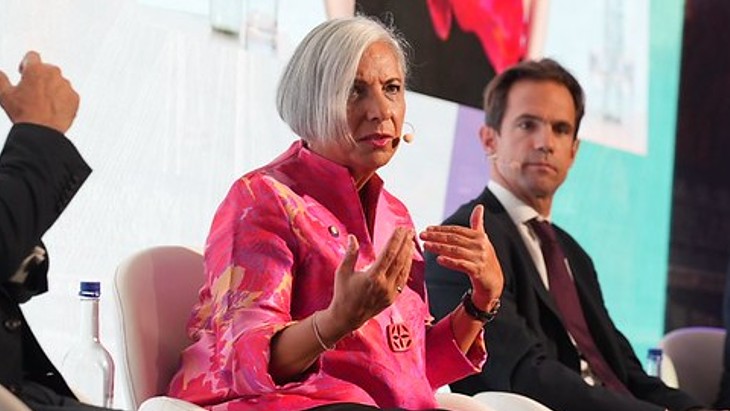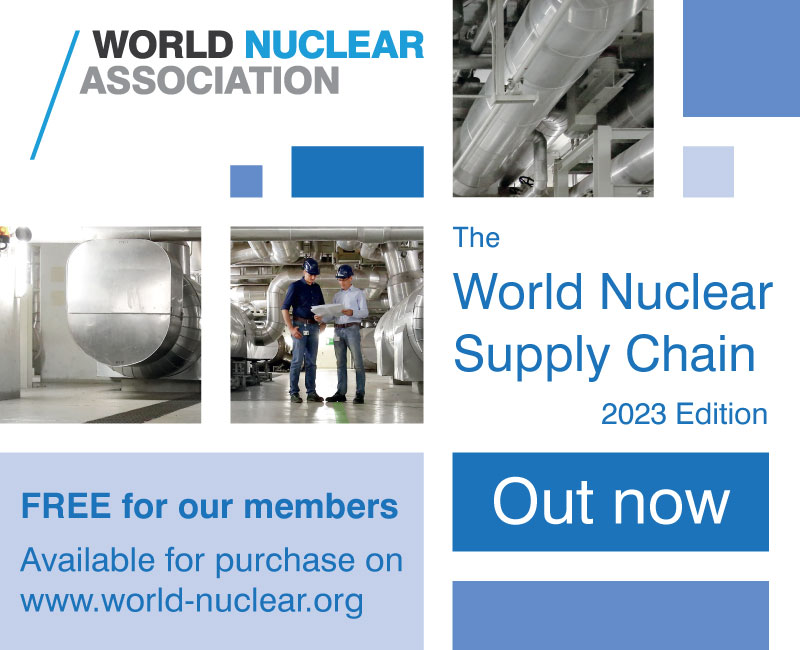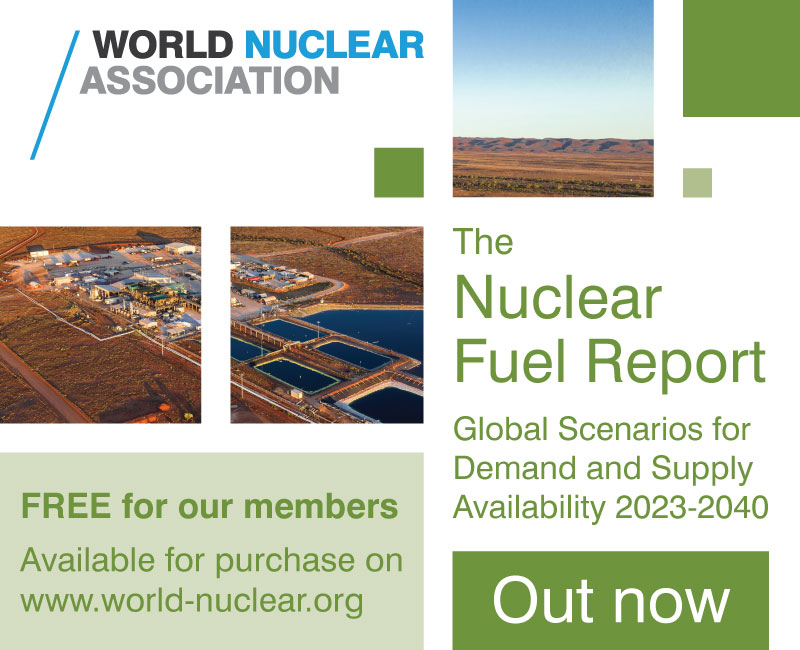Forging work begins for Paks II project reactor vessel

The mayor, Peter Szabo, and the CEO of Paks II, Gergely Jakli, saw the start of production at the AEM-Spetsstal plant in St Petersburg.
Jakli said: "We are working to ensure that the new power units of the Paks NPP can be connected to the grid by the early 2030s. Work for this is being carried out in parallel both at the construction site in Paks and several thousand kilometres from Hungary ... it is important for us that after the start of casting we can now see up close the initial stages of manufacturing the shells of the reactor vessel."
 (Image: Strana Rosatom)
(Image: Strana Rosatom)
Vitaly Polyanin, vice-president of Atomstroyexport JSC and director of the Paks II construction project, said that at the Paks II site work continues to strengthen the soil prior to the development of the pit. "By the end of 2024 we plan to reach first concrete ... in parallel with this, a lot of work is being done to manufacture the main equipment for the future nuclear power plant - a melt localisation device has already been produced, today the production of blanks for the reactor vessel of power unit 5 has begun, and ahead are blanks for steam generators, pressure compensators, safety system tanks and other products of the primary circuit of the nuclear power plant. nuclear power plant islands. The manufacture of equipment for the primary circuit of the nuclear island is planned in 2028 and 2029, and by then the main construction work will have already been completed."
The Paks II project was launched in early 2014 by an intergovernmental agreement between Hungary and Russia for two VVER-1200 reactors to be supplied by Rosatom, with the contract supported by a Russian state loan to finance the majority of the project. The construction licence application was submitted in July 2020 to construct Paks II alongside the existing Paks plant, 100 kilometres southwest of Budapest on the banks of the Danube river. The construction licence was issued in August 2022 and a construction timetable agreed last year which set out plans to connect the new units to the grid at the beginning of the 2030s.
The Paks II development company said the work was a key part of aiming for that 2030 target, adding: "The rings that make up the reactor vessel and the bottom of the vessel, are formed under about 12,000 tonnes of pressure during forging. The final mass of this piece of equipment is around 330 tonnes, its height is more than 11 metres, its diameter is 4.5 metres and its maximum wall thickness is 285 millimetres."
It added: "The VVER-1200 reactor vessel will not only be tested by the continuous neutron flux, but will also have to withstand temperatures of 300 degrees Celsius and pressures of 162 bar for a guaranteed 60 years. Thanks to its advanced composition and production technology, the reactor vessel might last up to 100 years."
The existing four units at Paks are VVER-440 reactors that started up between 1982 and 1987 and they produce about half of the country's electricity. Their design lifetime was for 30 years but that was extended in 2005 by 20 years to between 2032 and 2037. In December 2022, the Hungarian Parliament approved a proposal to further extend their lifespan, which means the plant could keep operating into the 2050s.

_92619.jpg)











